|
Brown-headed Nuthatch, Henlopen State Part, October 16, 2021. In the last 2 posts we have been in Cape May, New Jersey; this post covers our one day excursion to Lewes (pronounced lew-es) Delaware, to explore Cape Henlopen State Park and Fort Miles. In the photo below, shot with my trusty iPhone, a sharp eye can see that we are lined up for the ferry at 6:40 am, after a breakfast stop at Wawa. The sun was rising as we made the crossing to Lewes. The map below comes from Lightroom, and shows the location for most of the images I captured in this 4 part series on Cape May. Cape Henlopen is almost due south of Cape May, with Delaware Bay to the west, and the Atlantic Ocean to the east. The ferry has a lot of room at 7 am, pick any deck chair you want! I was struck by the early morning cloud formation above. It Looks a bit like the pelicans in flight we will see on our way back. Double-crested Cormorant in flightBirds like to follow boats underway likely looking for food. If you have a camera with a long lens, riding a ferry is a great chance to capture birds in flight. They often move at about the same speed as the ferry, depending on the species. Shooting from an upper deck will likely put you eye to eye with your subject. And, as always, light is so important, and the sun at 8 am on this Saturday was cooperating. In Part 2 of this series, we saw Double-crested Cormorants perched on pilings in the salt marsh. In flight they retain the slight curvature to the neck, which we see here. Cape Henlopen State ParkWe landed at the Lewes Ferry Terminal, and drove into the park at the north side. The park runs north to south along the beach from the northern tip of the cape to Gordon's Pond to the south seen at the bottom right of the map above. The northern part of the park has walking paths with great trees and understory and the Fort Miles Historical Area. On busy weekends watch out for bicyclists and skateboarders. Brown-headed NuthatchBrown-headed Nuthatches live year round in the SE U.S. from eastern Texas south to Florida and as far north as Cape Henlopen. This bird was tough to spot and photograph, hopping in the understory, managing to always keep leaves and branches between himself and my lens. Here are two of my best shots. Brown-headed Nuthatches favor pine forests, present at Cape Henlopen. Note that many of these trees are invasive Japanese Black Pines planted by the Army in WW II to camouflage the military installation. There is an active program to remove them and allow native plant species to recover, restoring the ecosystem to its prior self. In the interim this nuthatch is enjoying the insects that live on the trees. For more on the nuthatches we see in Arizona (Pygmy, White-breasted and Red-breasted), see this post from The Meadow Trail on the top of Mt Lemmon, September 25, 2021. In the image below we see one of the many walkways in the northern end of the park, with a view between the trees across the beach and toward the Atlantic. The trees shown here are likely the invasive Japanese Black Pine, slated for removal. Golden-crowned KingletGolden-crowned Kinglets breed throughout southern Canada and winter in the U.S., with some year round presence in the western states. The range map puts them in Arizona, but mostly north of Tucson and SE Arizona. They favor the upper reaches of firs and spruces making them hard to spot. They eat mainly insects present under conifer bark and in the tips and tufts of the needles. Gordon's PondAt the southern end of the park is Gordon's Pond, with excellent pathways and viewing platforms. From the platform, shown below, we got a good look at the pond and the beach to the east. If you look across the pond to the beach, you will see two cement watch towers facing the Atlantic, close up below. These towers were built at the beginning of WW II, from 1939 to 1942 to spot Nazi warships, especially U-boats off the U.S coast. A series of towers could phone in data on enemy positions to the massive gun emplacements along the coast, including Ft. Miles, and help direct shells to their targets. Designed to last 20 years, the towers are still standing, and some are being restored. Below is a photograph of the graphic the park has displayed on the trail. For more on the towers, and historic preservation projects, see this link. Juvenile Peregrine Falcon in flightWe saw a Peregrine Falcon with prey in Part 2. Here we see a juvenile Peregrine in flight. Note the long wings with long pointed primary feathers and long tail. Peregrines average 25-34 mph in traveling flight, up to 69 mph in direct pursuit of prey. They can dive from a height of over 1/2 mile, reaching maximal speeds of 200 mph. The television program NOVA produced a recent episode on how Peregrines, once endangered by DDT, now thrive in Chicago, where they dive from skyscrapers for prey. Ferry back to Cape MayWe headed back to Cape May late in the day, as the sun was setting, and as a storm was rolling in from the west. Again, we found birds accompanying us back to New Jersey. Brown Pelican in flightBrown Pelicans are another species almost eliminated by DDT. They have made an excellent comeback, now living in coastal areas from the Pacific Northwest down to South America in the west, and New England down to the Caribbean in the east. They cruise in squadrons above the surf, plunge-diving from high up, with a slight leftward twist to the neck to protect their esophagus and trachea which lay to the right. They use the force of impact to stun fish before scooping them up in their pouch. This bird cruised next to us for some time, likely looking for a handout. This is likely a non-breeding adult. A juvenile would have a grayer bill. And, an approaching storm . . . .We expected rain to come in on Saturday night, and right on time, a front from the west began to move east as we left Delaware. The panoramic view above shows the storm to the right, and below we can see the bottom of storm cells to the west and north. We beat the storm to the harbor, the rain arriving just as we landed at Cape May That's all for now. Stay tuned for Part 4, a trip to Avalon Beach, just north of Cape May, and a rock'n roll boat trip to the Rips! Happy Trails!
0 Comments
Leave a Reply. |
AuthorHenry Johnson, photographer and author of this site. For more detail, see About
Categories
All
Archives
July 2024
|
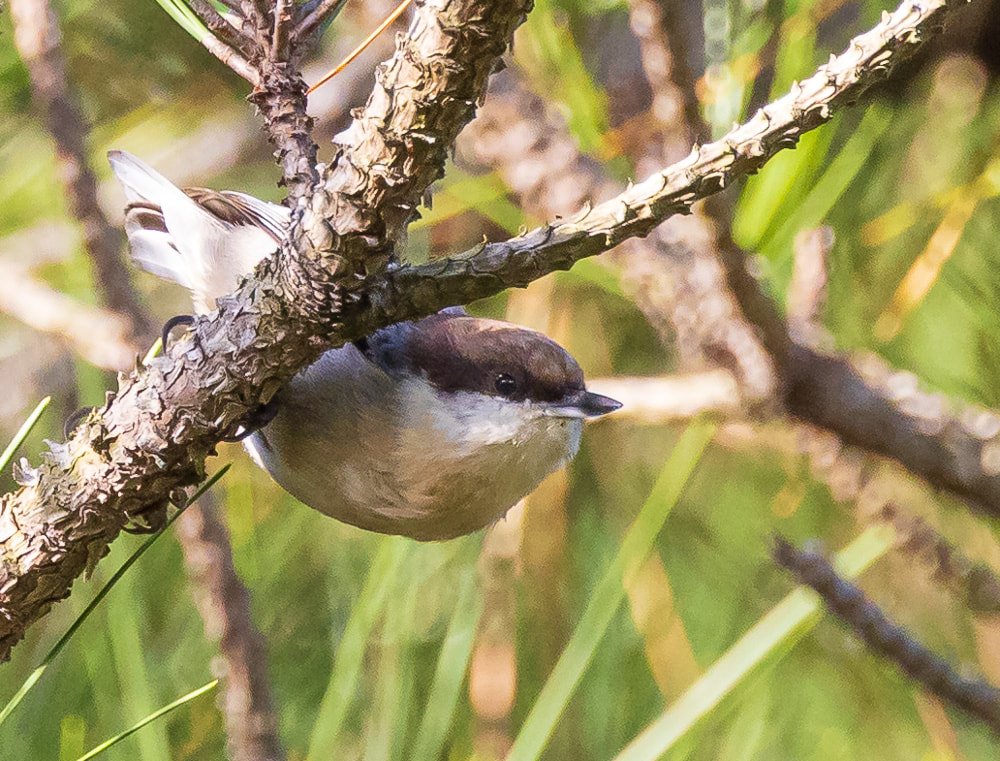
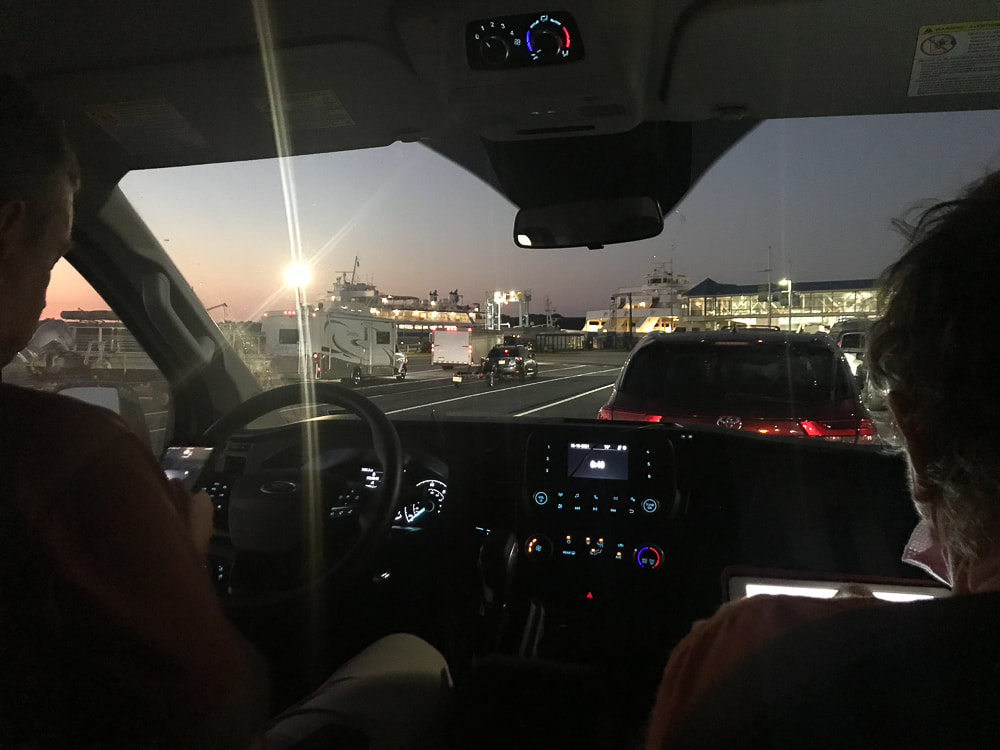
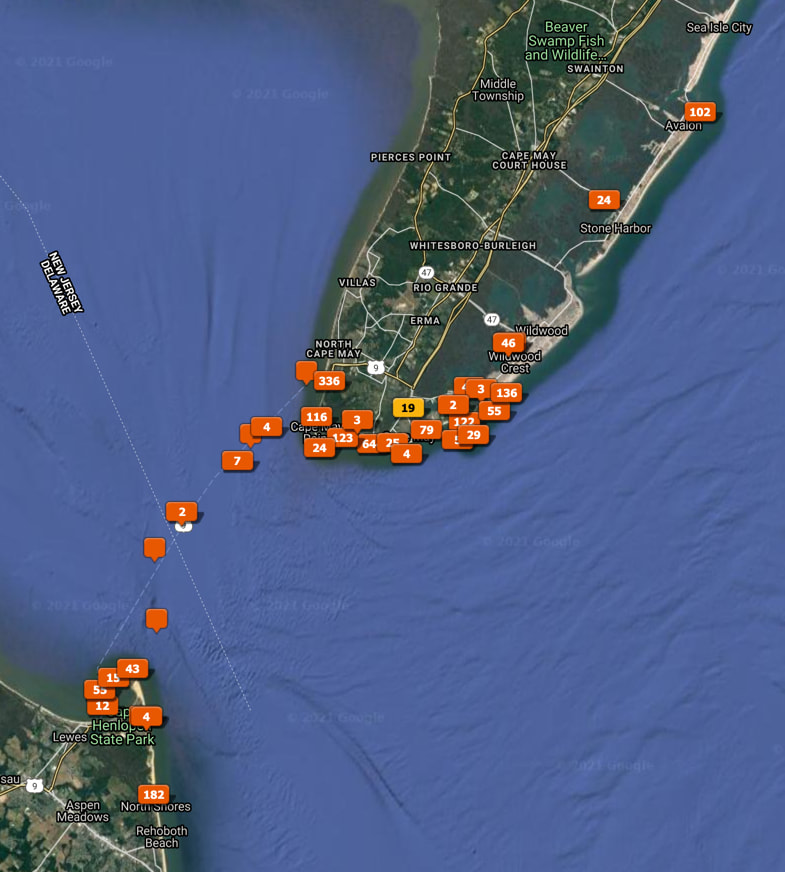

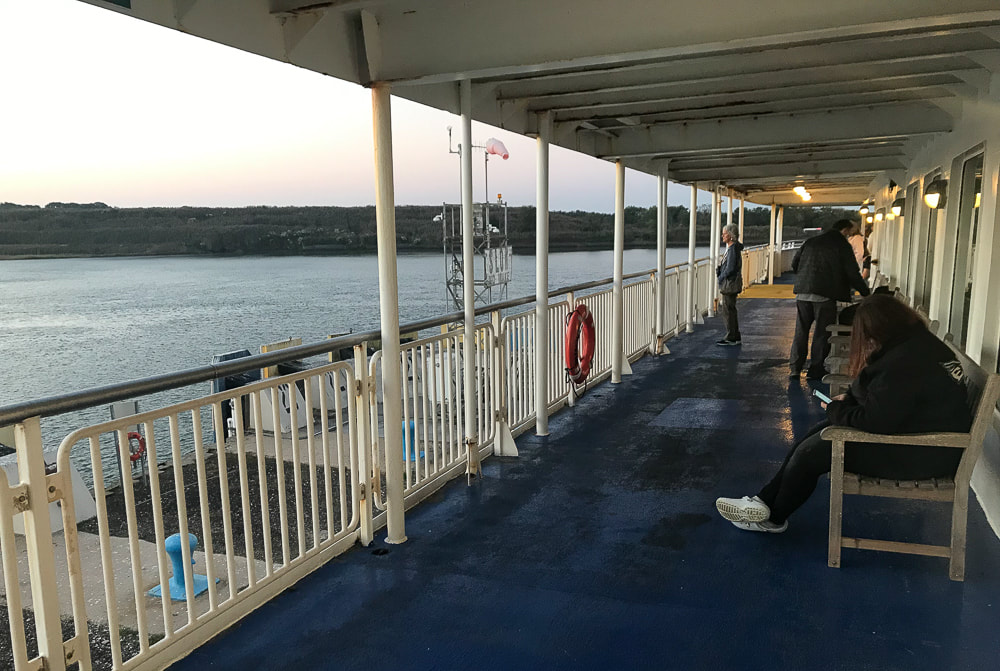
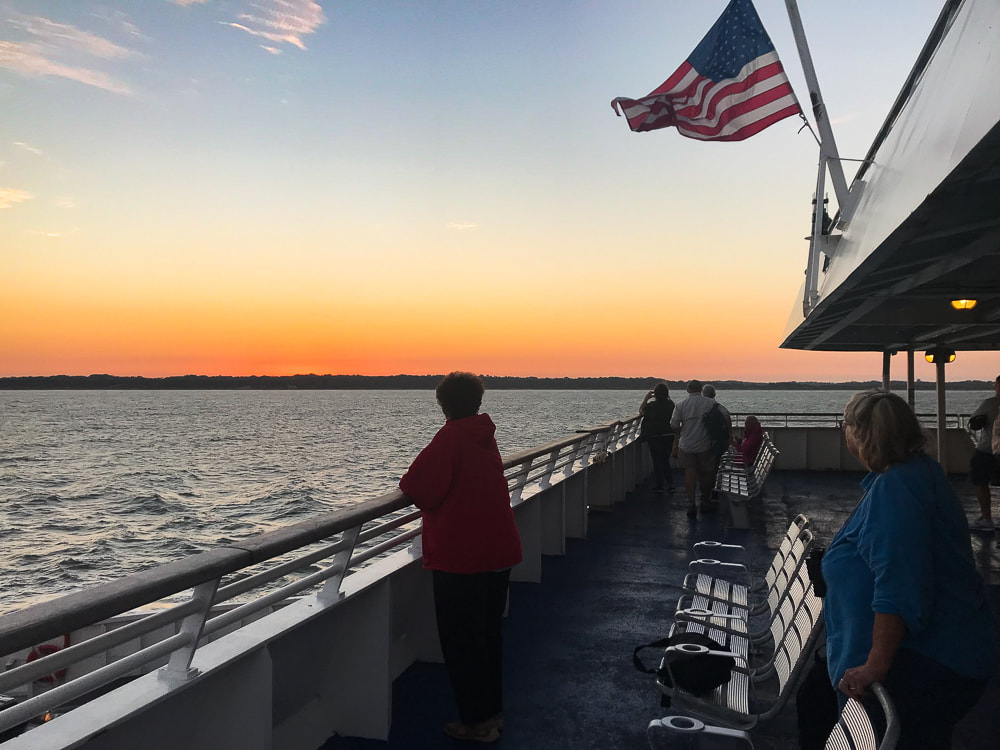
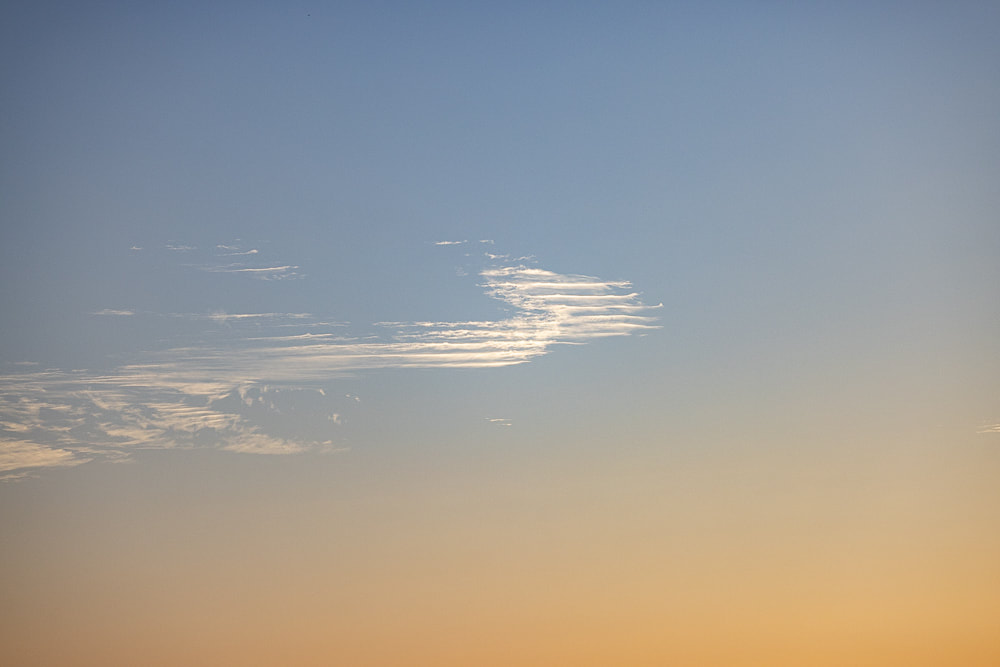
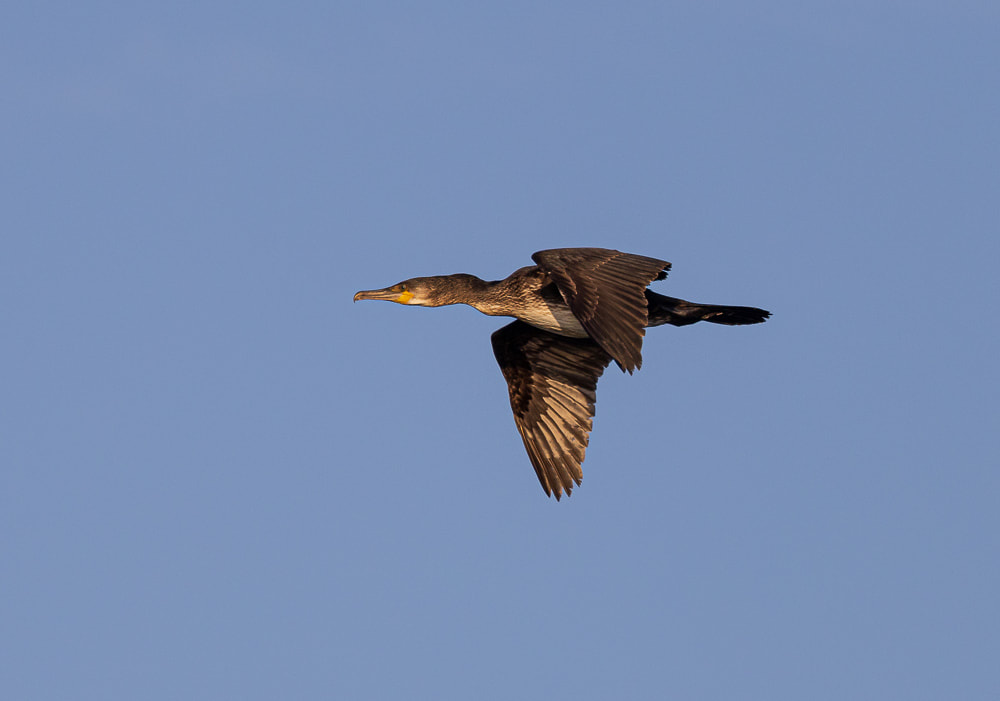
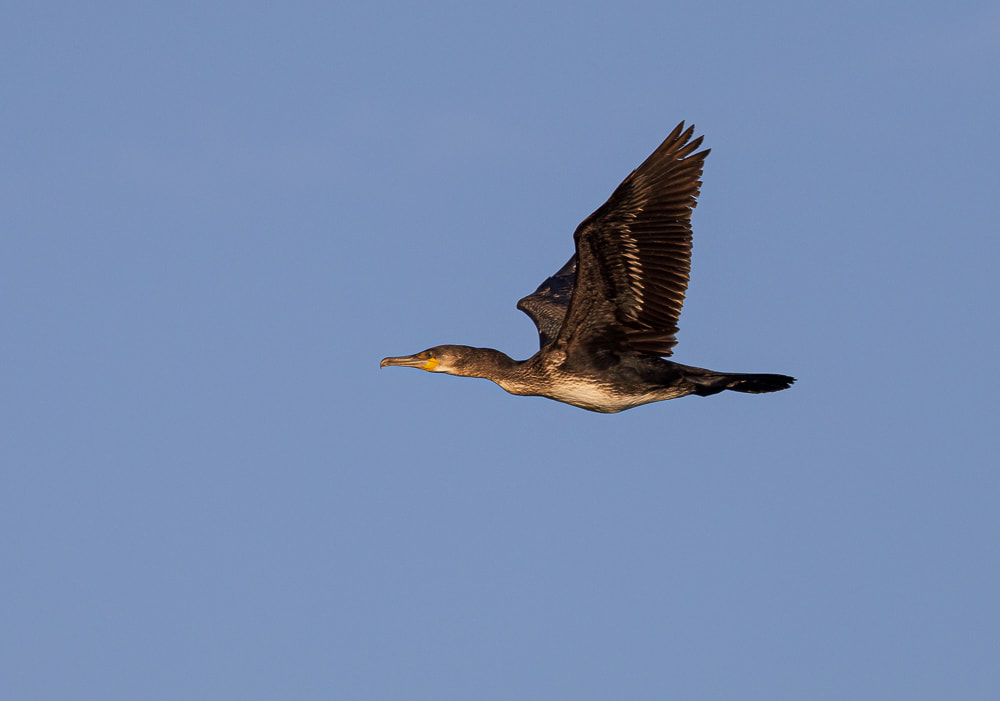

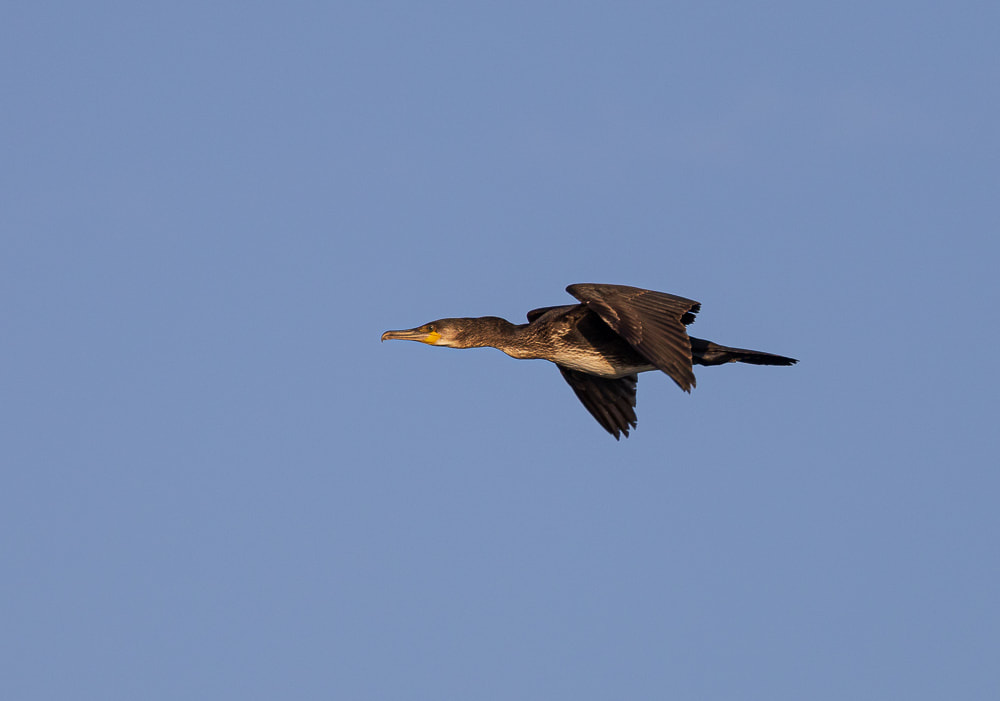
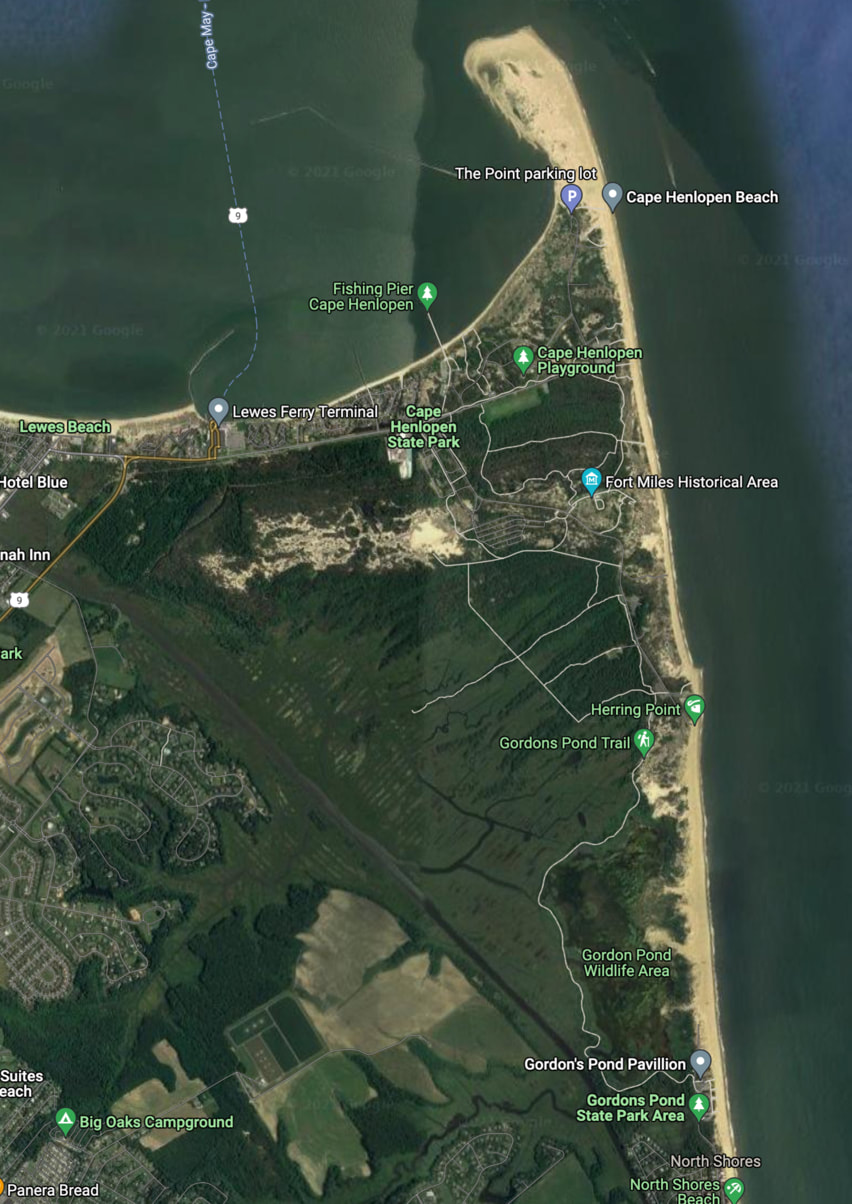
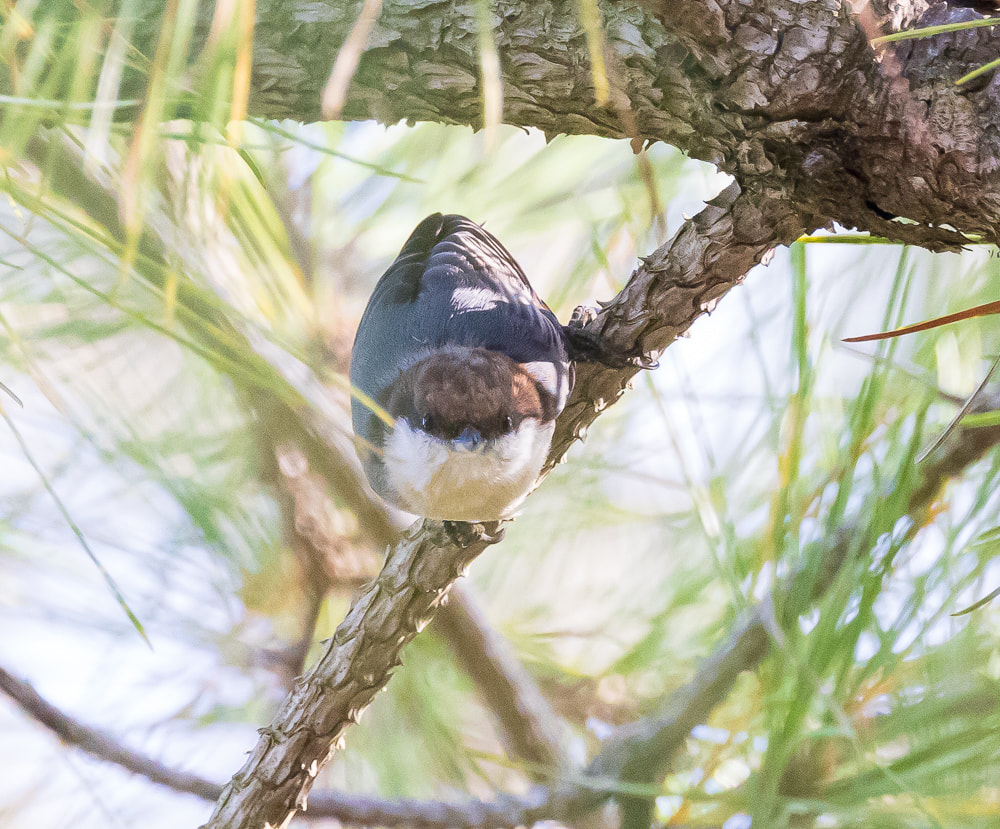
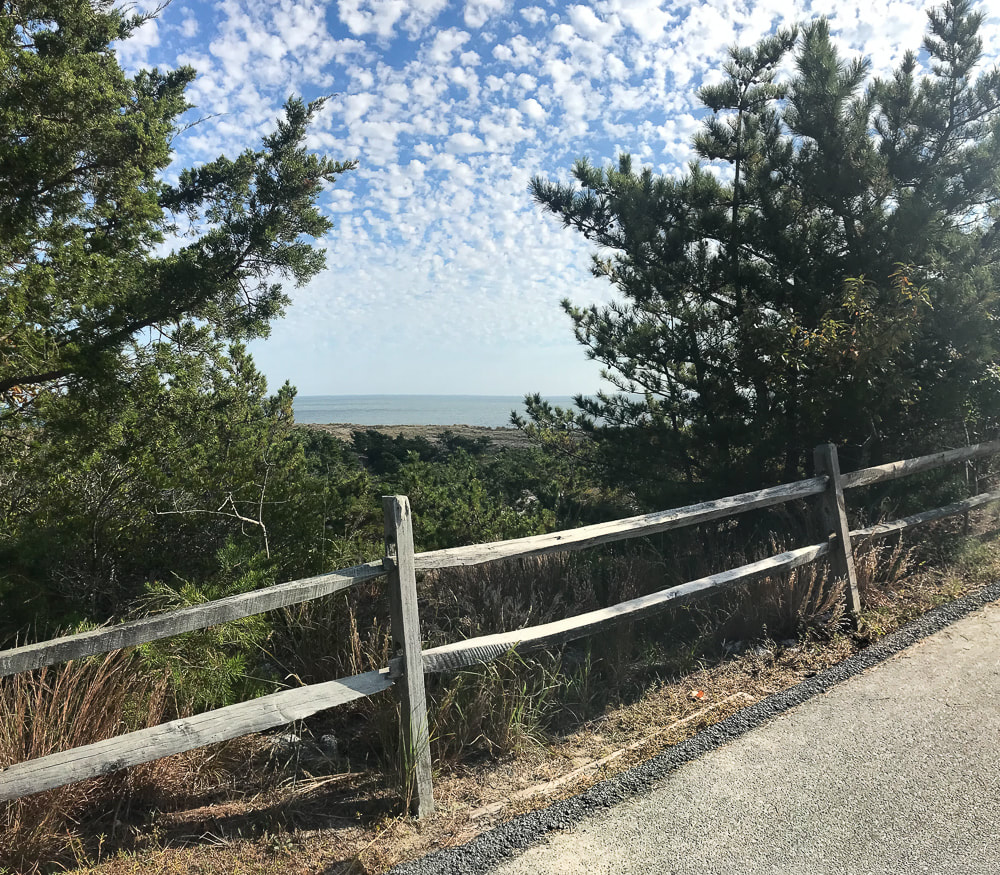
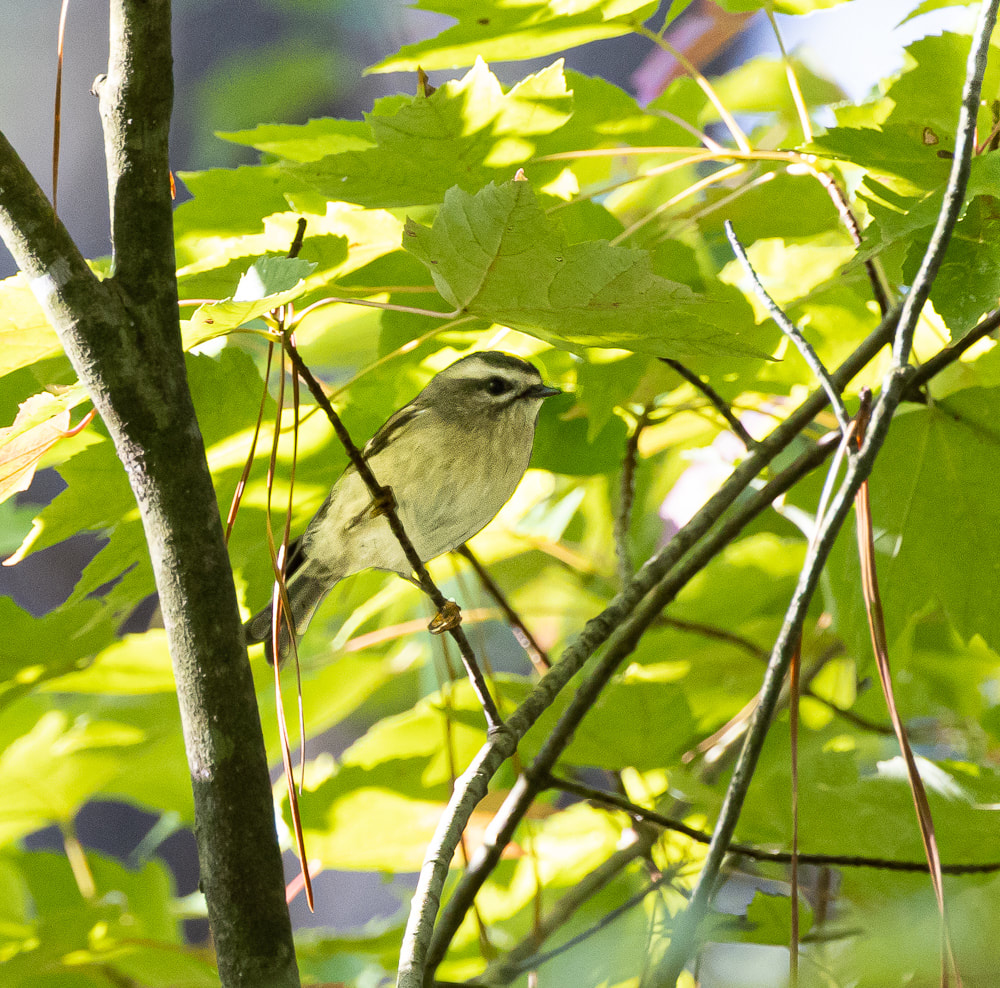
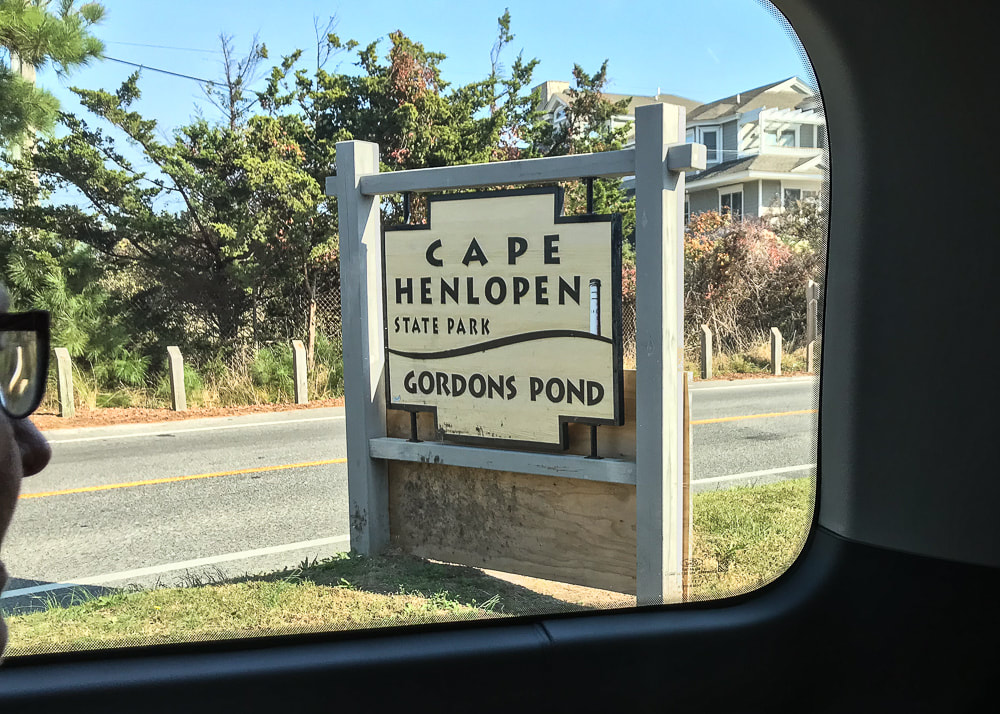
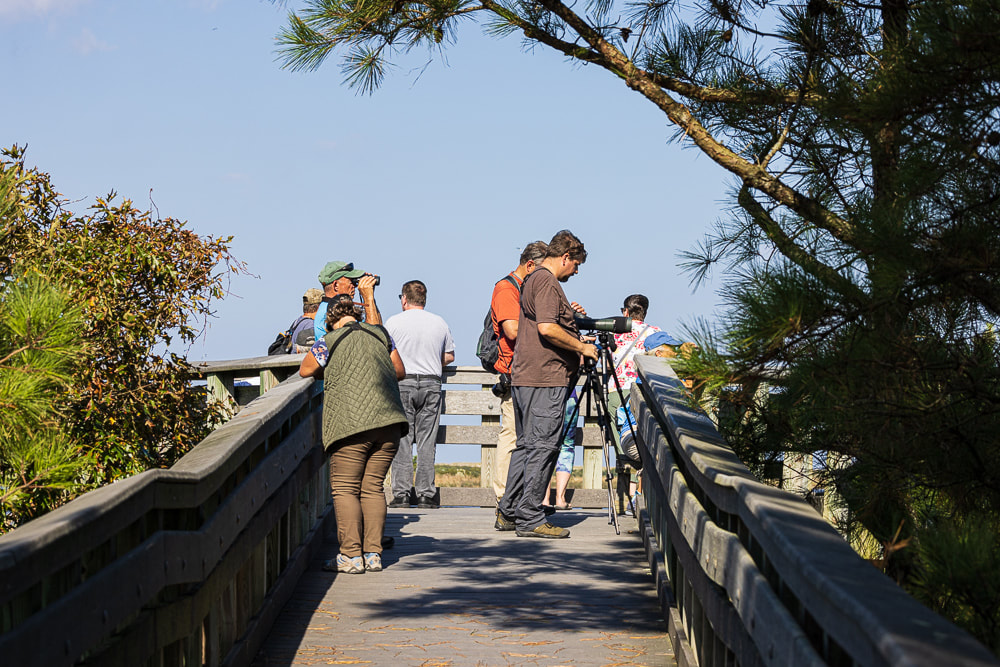
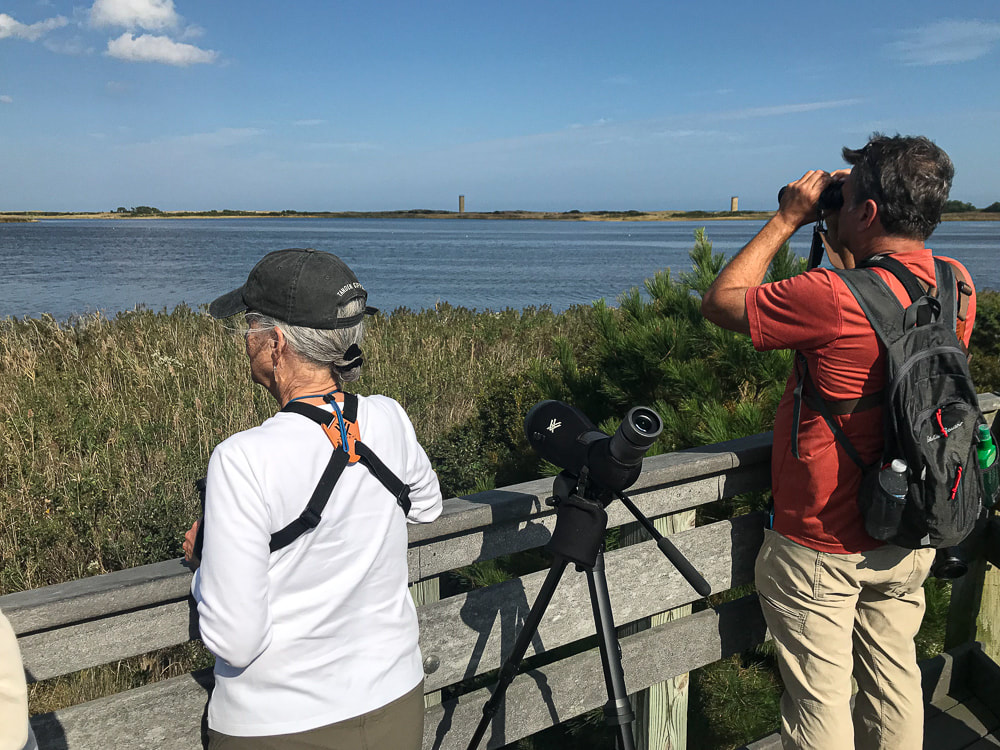
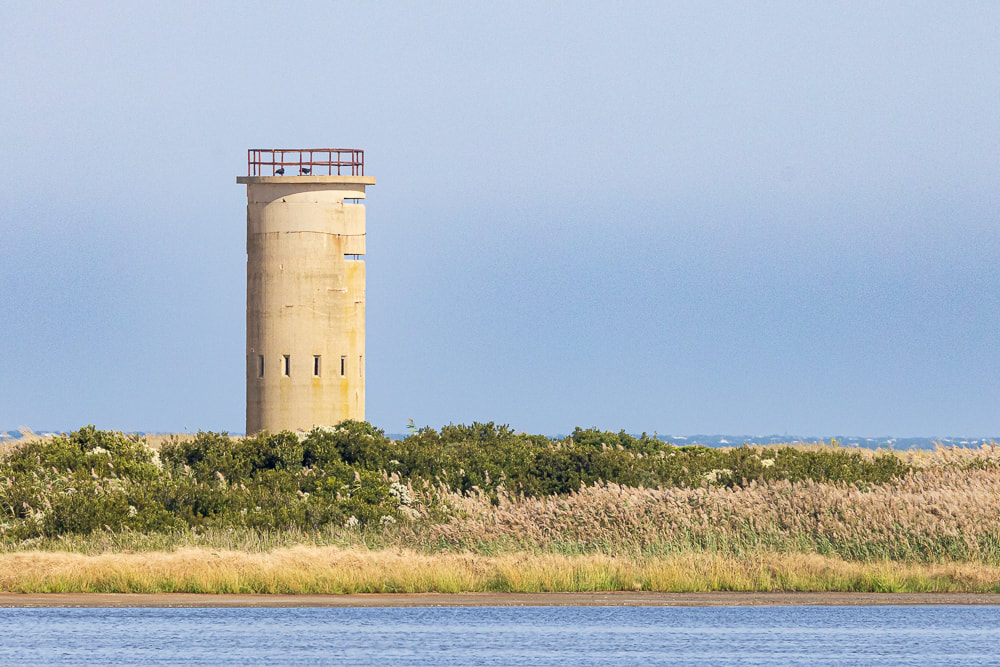

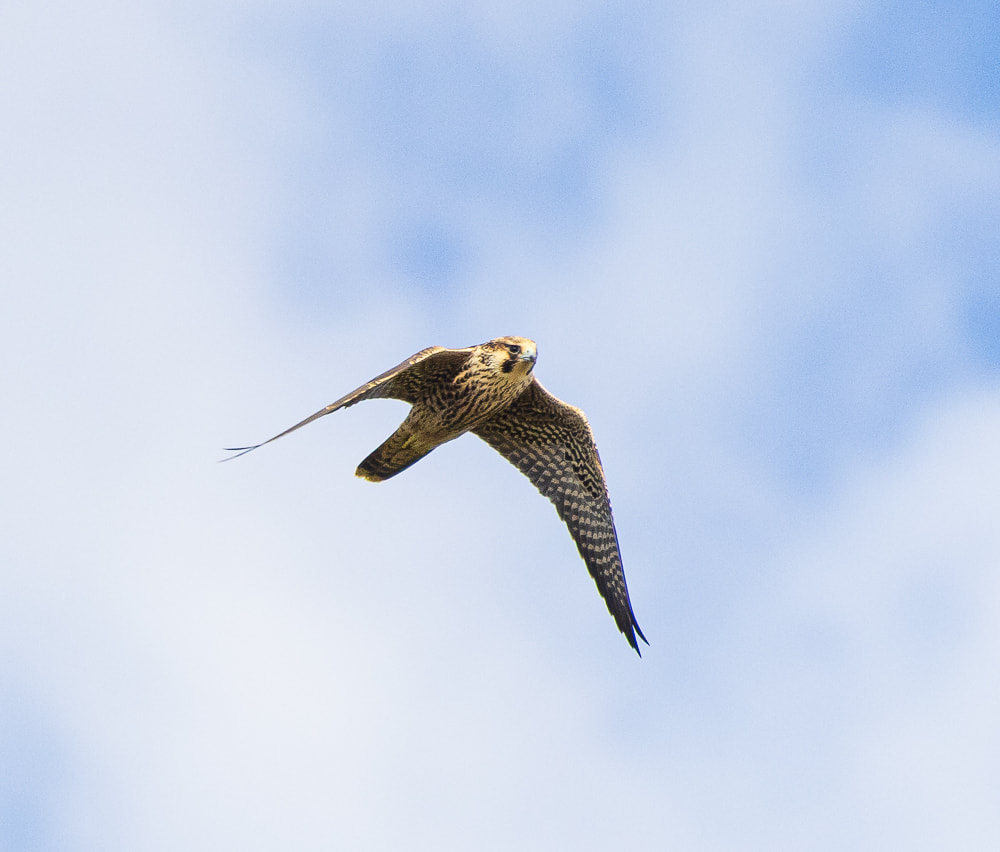
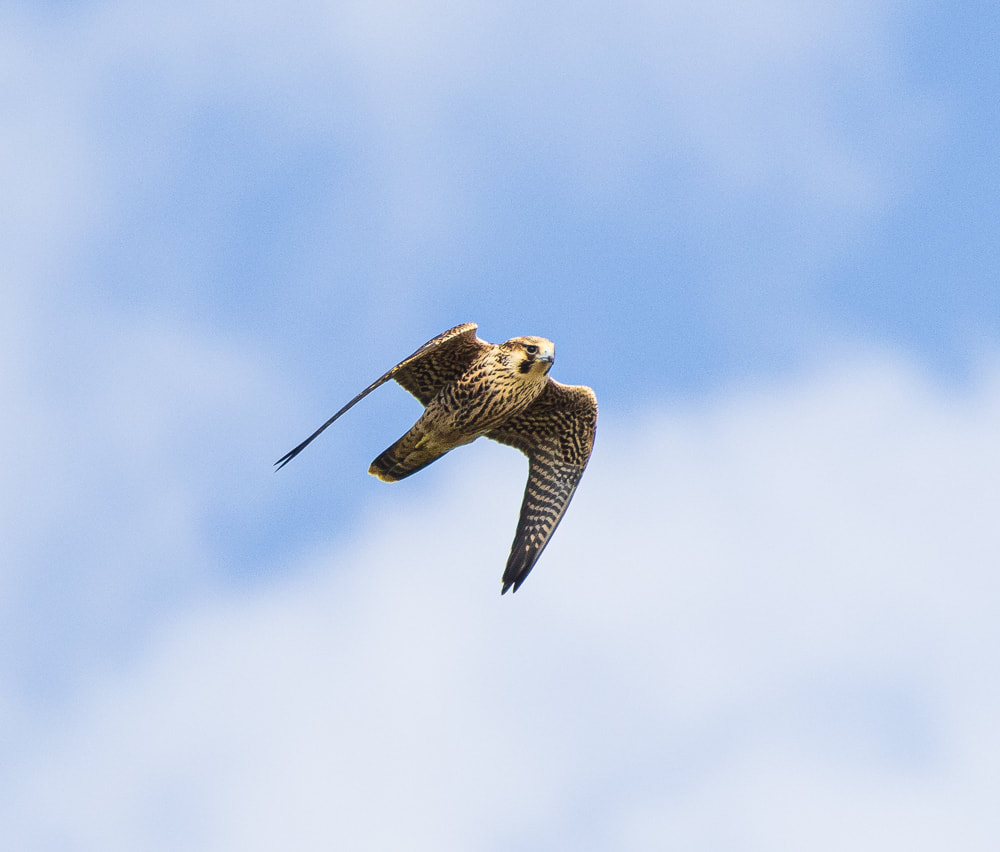
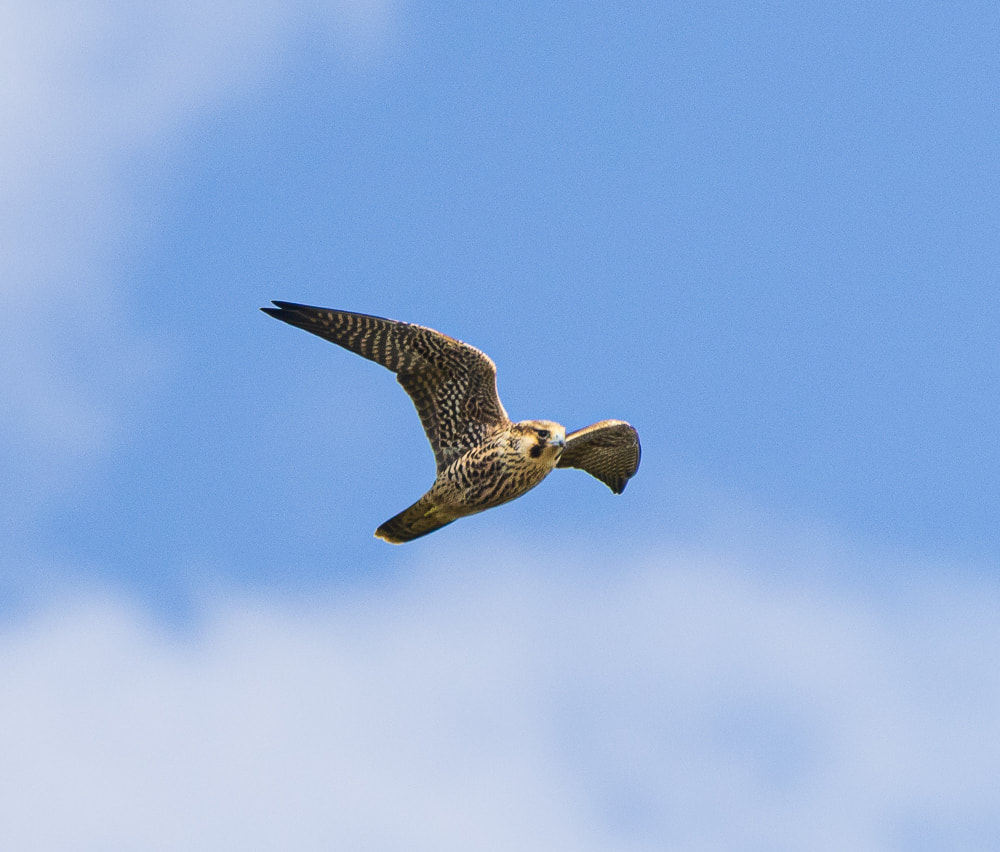
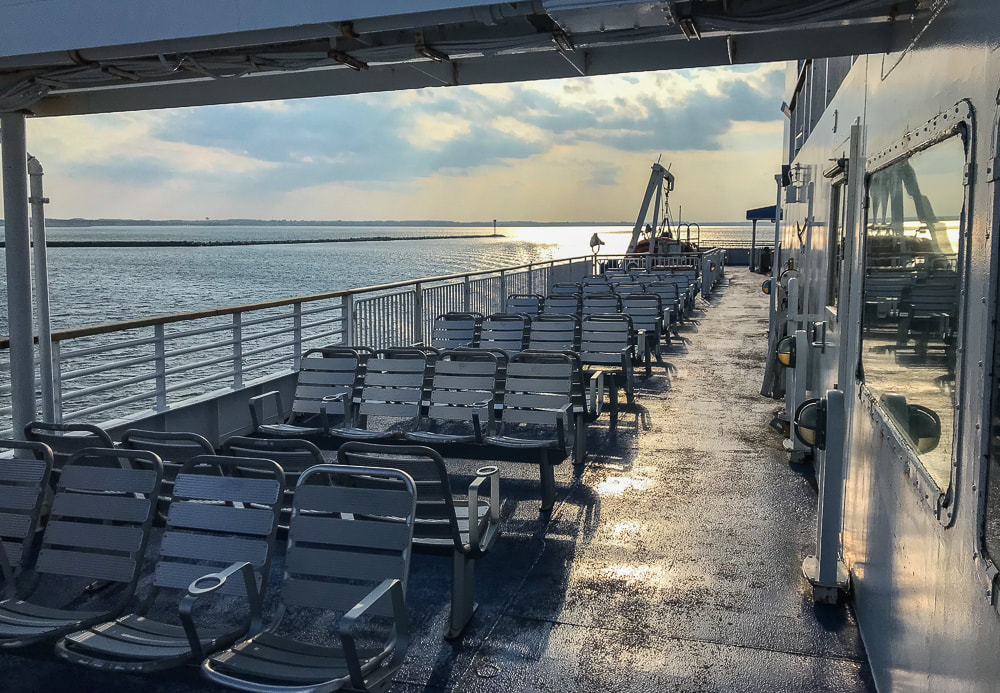
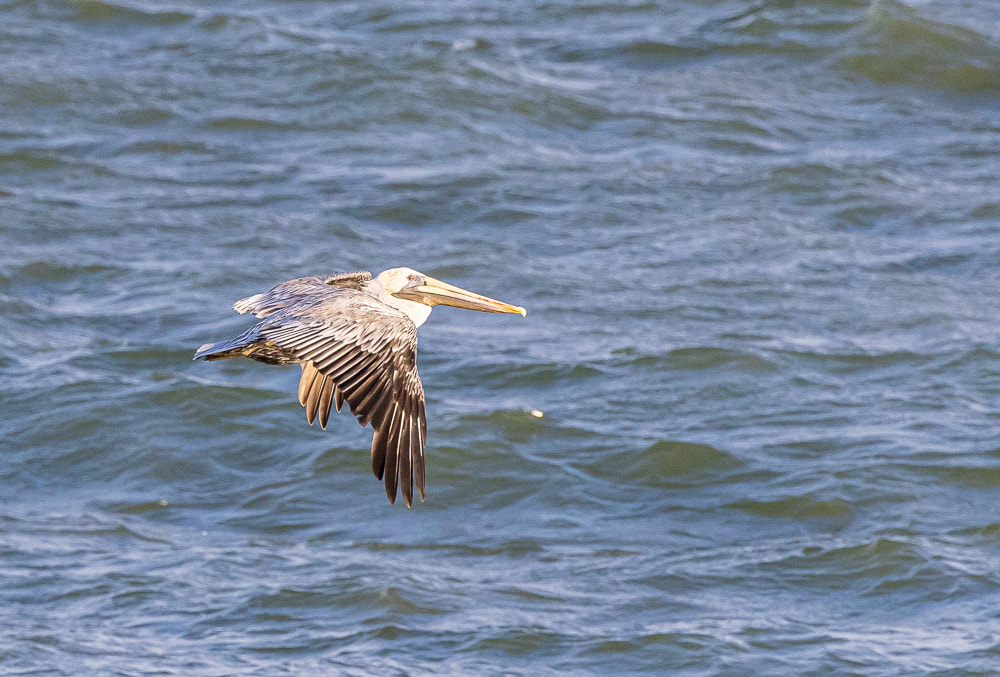
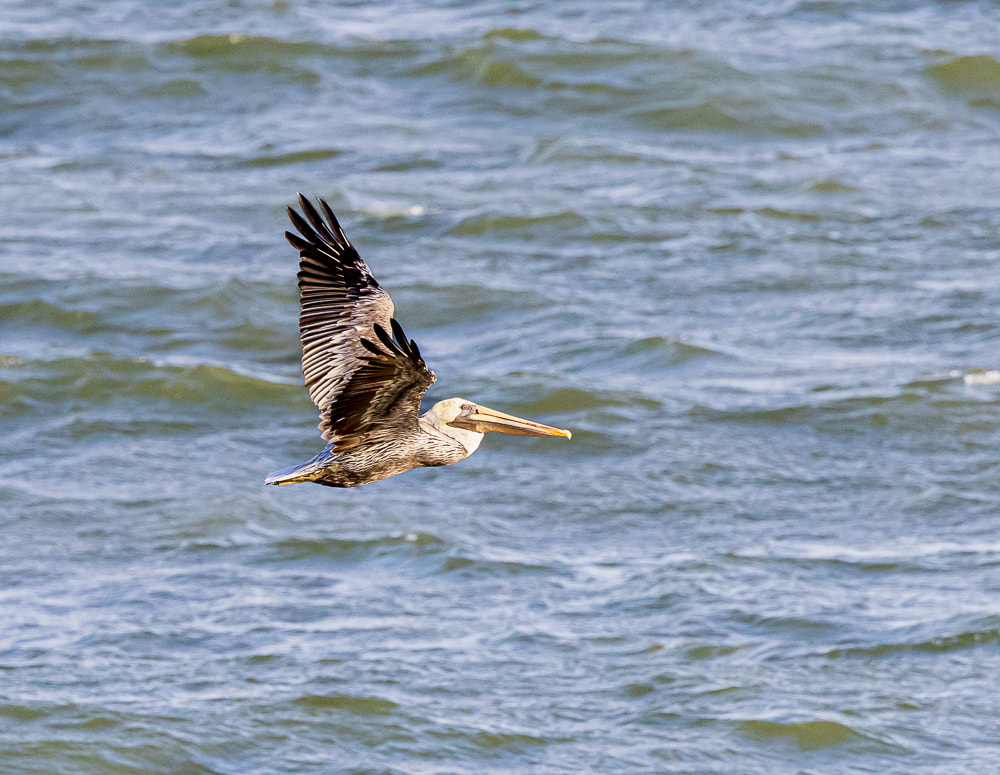
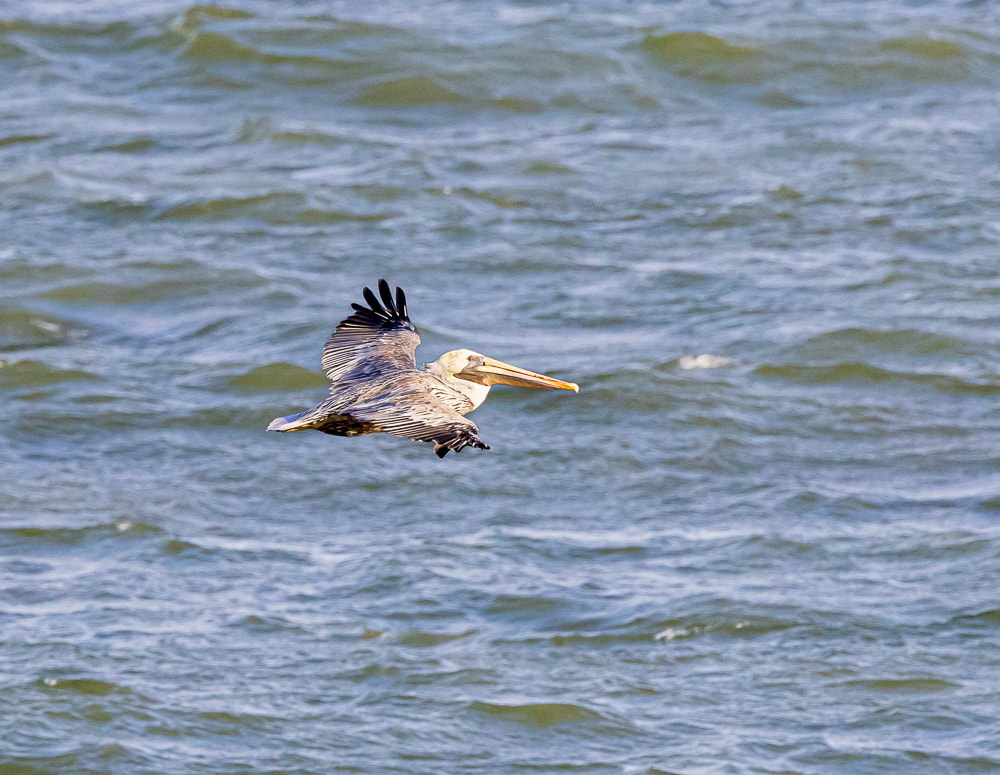
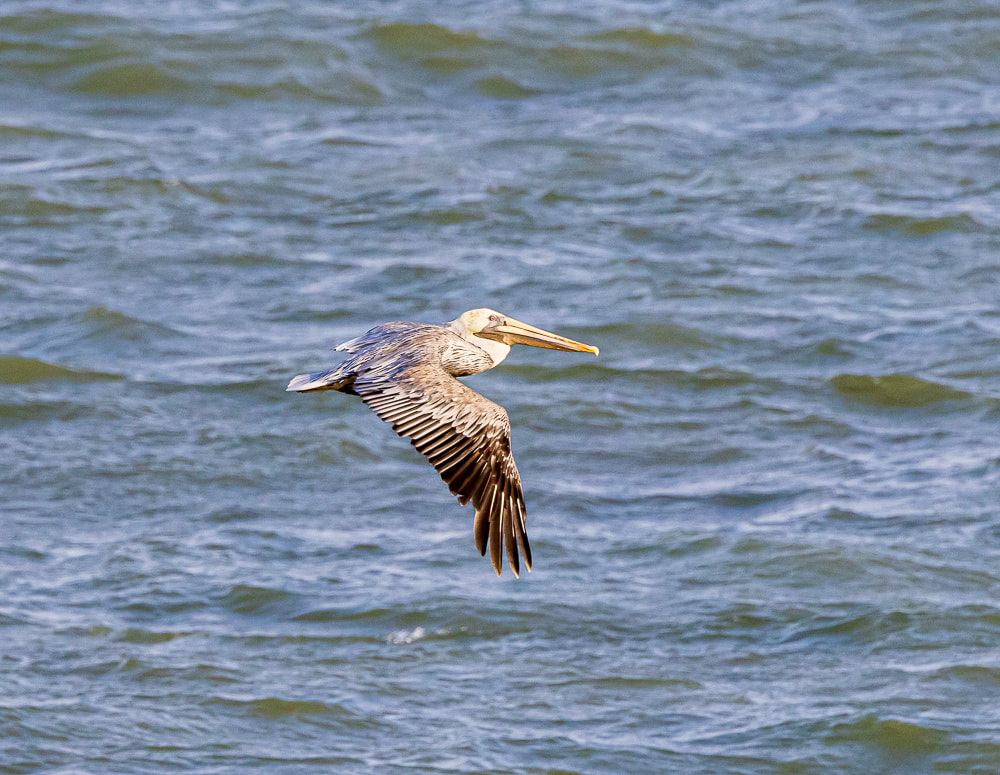
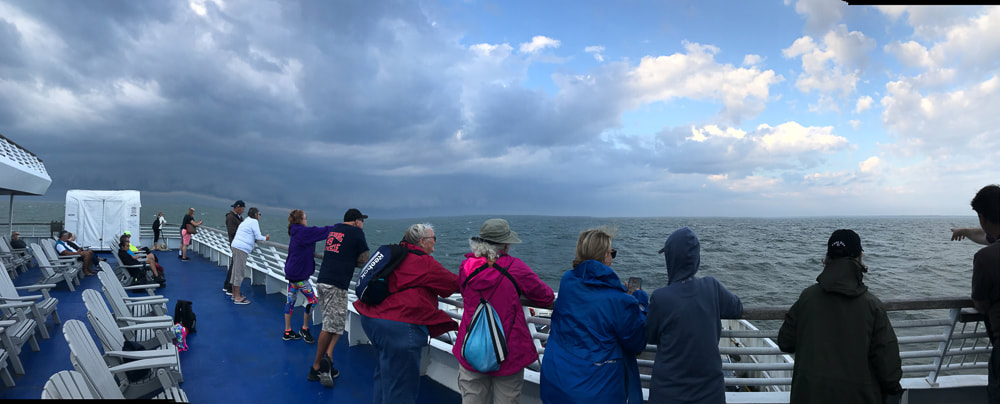
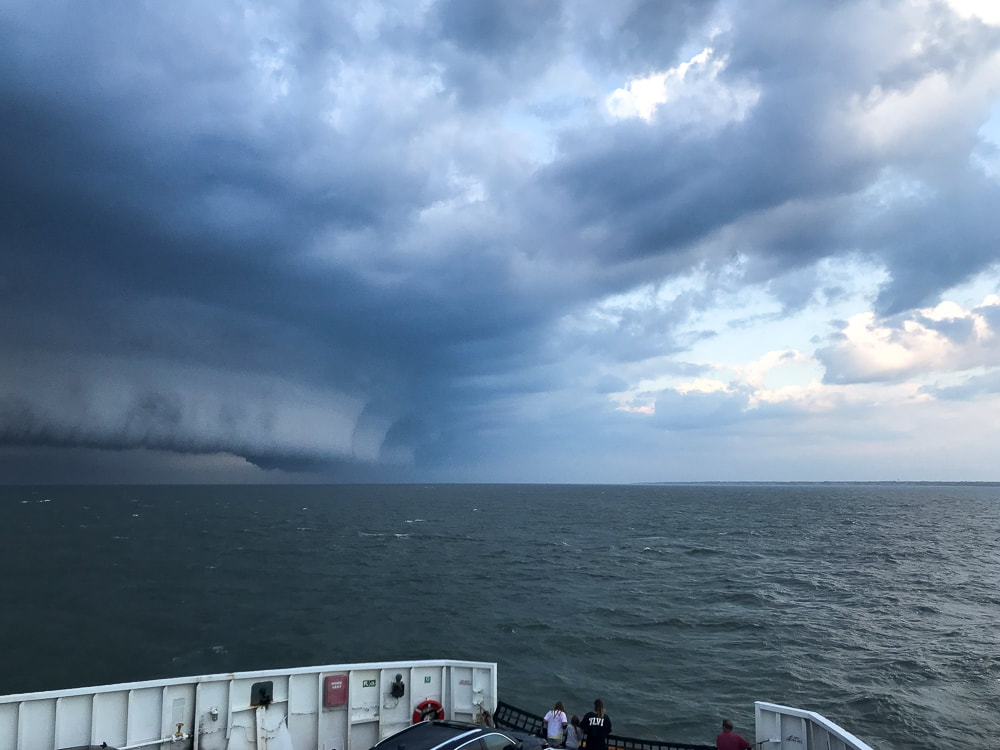
 RSS Feed
RSS Feed